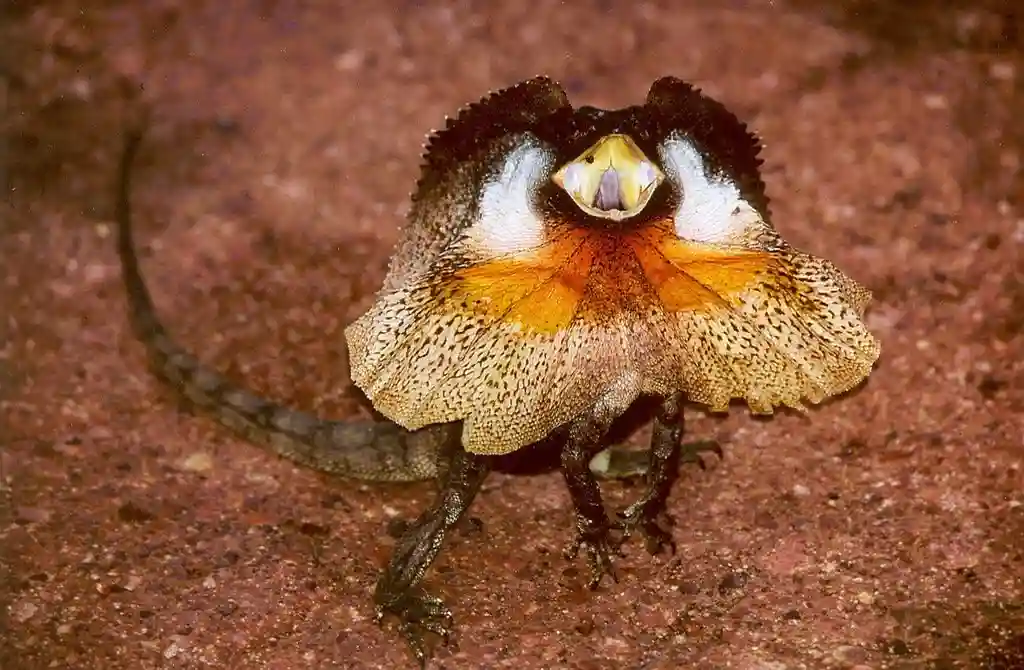Reptiles are cold-blooded, vertebrate animals that are characterized by their unique adaptations to the environment in which they live. They belong to the class Reptilia, and unlike mammals, they have scales or bony plates that cover their skin. The term “reptile” comes from the Latin word “repticulus”, which means “to creep or crawl.” This refers to the way reptiles move with a dragging, crawling motion due to their lack of feet adapted for walking.
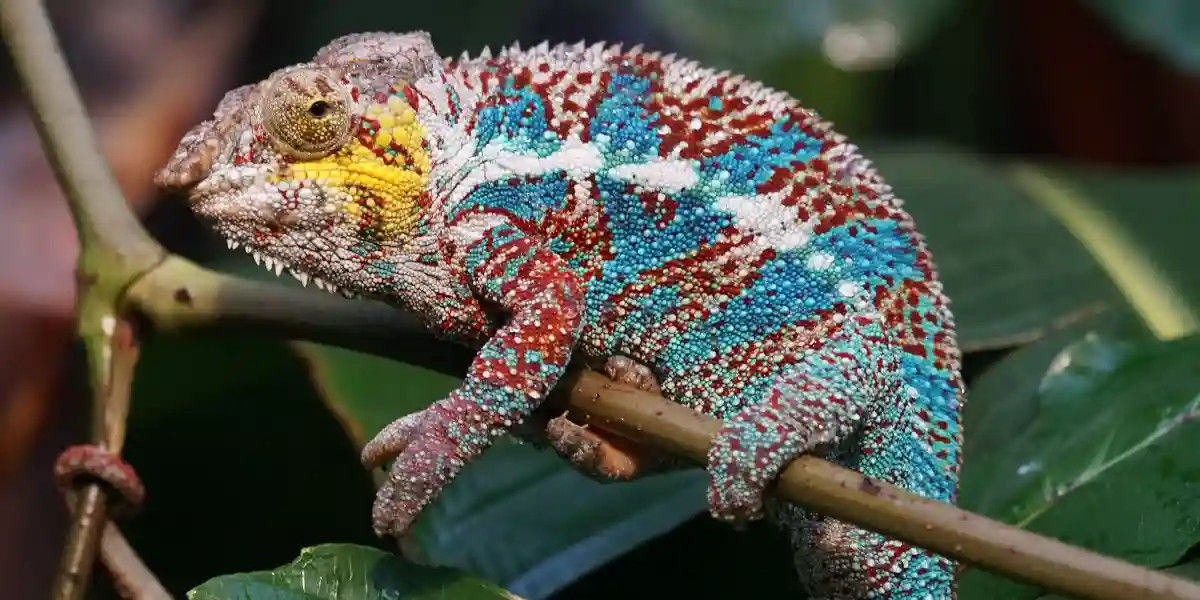
Delve into their captivating world as we unravel the secrets behind their mesmerizing ways of life, revealing the hidden wonders that lie within the ancient lineage of these creeping and crawling beings. Prepare to be amazed as we embark on a journey through the intriguing realm of reptiles, where every step reveals a tale of extraordinary resilience and unparalleled adaptation.
The Importance of Reptiles in the Ecosystem
Reptiles play an important role in many ecosystems around the world. As predators, they help to control populations of other animals such as rodents and insects, helping to maintain balance within ecosystems.
Many species of snakes and lizards also serve as food for birds of prey and other carnivorous animals like coyotes. In addition to their roles as predators, reptiles also act as scavengers and decomposers.
As opportunistic feeders, some reptiles feed on dead animals or carrion that other animals leave behind, thereby cleaning up their habitats. They also aid in nutrient cycling by consuming organic matter and returning it back into the ecosystem.
A Brief History of Reptiles
The rise of reptilian life began over 300 million years ago during an era called the Carboniferous period. During this time, a warm climate allowed reptilian life forms such as crocodilians, turtles, lizards, and dinosaurs (which later went extinct) to thrive across a range of environments including oceans, forests, and deserts. Today there are over 10 thousand known species classified under Reptilia present on every continent except Antarctica.
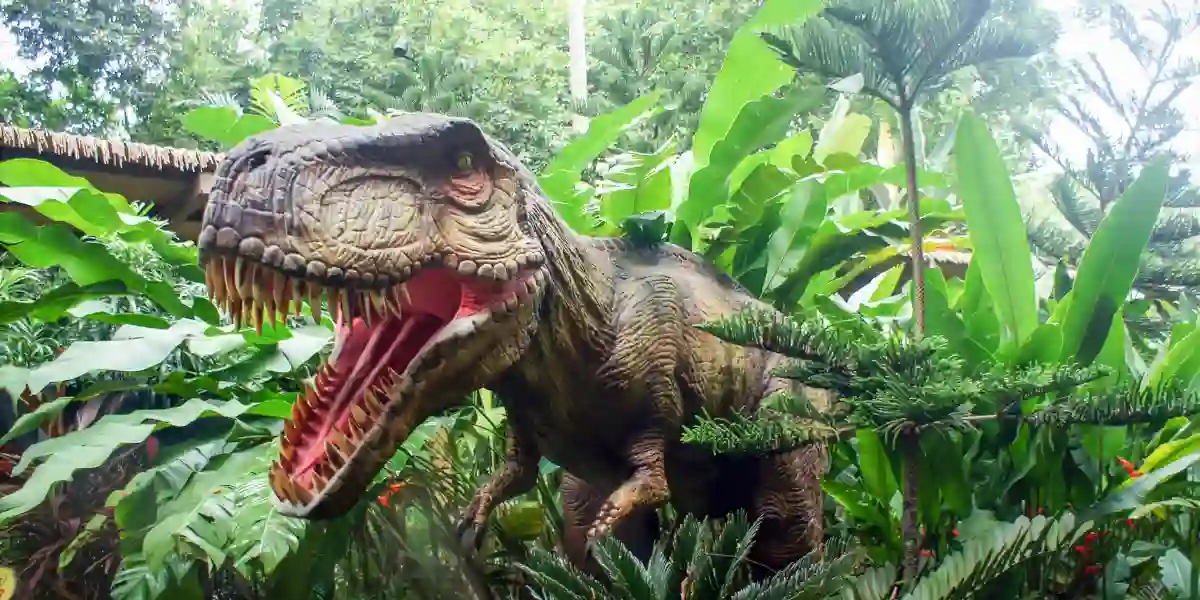
Despite being around for millions of years longer than humans, reptilian populations have been subject to a variety of threats in recent years including habitat loss, climate change, and hunting. It is important to preserve and protect these fascinating creatures for future generations.
What Are The Characteristics of Reptiles
Cold-bloodedness (ectothermic)
Reptiles are cold-blooded animals, also known as ectothermic. Unlike warm-blooded animals, reptiles rely on their environment to regulate their body temperature. This means that if they want to warm up, they have to bask in the sun or another heat source, and if they want to cool down, they need to seek shade or a cooler environment.
This adaptation helps them conserve energy and survive in different climates. Being ectothermic also means that reptiles have a slower metabolic rate than warm-blooded animals.

They don’t need as much food as mammals or birds do because their bodies don’t use energy to maintain a constant internal temperature. However, this can also make them vulnerable in colder climates where they may not be able to find enough warmth and food during winter months.
Dry, scaly skin
One of the most distinctive features of reptiles is their dry, scaly skin. Unlike amphibians that have moist skin for breathing and absorbing water and nutrients from their environment, reptiles have evolved thick scales that protect them from dehydration and injury.
The scales on reptile skin come in different shapes and sizes depending on the species and habitat. Some are smooth while others are ridged or spiky for protection against predators or prey.
The colors can range from dull browns and greens for camouflage to bright blues and yellows for display purposes. Another important function of reptile skin is shedding.
As reptiles grow larger, their old skin becomes too tight around them, so they shed it off like a snake shedding its entire skin at once. This allows them to get rid of parasites and other unwanted hitchhikers attached to the old skin while revealing fresh new layers underneath.
Lungs for breathing
Reptiles are air-breathing animals that rely on their lungs to take in oxygen and expel carbon dioxide. Unlike amphibians that can also absorb oxygen through their skin, reptiles have more efficient lungs that allow them to extract more oxygen from the air. The structure of reptile lungs varies among species, but they all share similar features such as sac-like structures called alveoli where gas exchange occurs.
Some reptiles, like snakes and lizards, have elongated lungs that run the length of their body for maximum surface area. Others, like turtles and crocodilians, have more compact lungs that are better suited for aquatic environments.
In addition to breathing through their lungs, some species of reptiles can also hold their breath for extended periods of time when they are submerged in water or hiding from predators. This adaptation allows them to conserve oxygen and stay hidden until it is safe to resurface.
Lay eggs with tough shells
Most reptiles reproduce by laying eggs with tough shells that protect the developing embryos from predators and environmental hazards. The size and shape of the eggs vary depending on the species, but they all have a hard outer layer made of calcium carbonate or other minerals.
Unlike birds that incubate their eggs by sitting on them or regulating the temperature in a nest, most reptiles leave their eggs buried underground or hidden in vegetation where they are less likely to be discovered. The incubation period can range from a few weeks to several months depending on the temperature and humidity levels of the environment.
Some species of reptiles exhibit parental care by guarding their nests or hatchlings until they are able to fend for themselves. Others abandon their offspring after laying the eggs or giving birth, leaving them to survive on their own instincts and abilities.
What Are The Types of Reptiles
Snakes
Snakes are elongated, legless, carnivorous reptiles that are found in a variety of habitats around the world. One of the most distinguishing characteristics of snakes is whether or not they are venomous. Venomous snakes have evolved to produce potent toxins that can be injected into prey or predators through specialized teeth known as fangs.

Non-venomous snakes lack these fangs and rely on other methods, such as constriction, to subdue their prey. Constrictors, as their name suggests, kill their prey by wrapping themselves around it and squeezing until it cannot breathe.
Examples of constrictors include pythons and boas. Non-constrictors, on the other hand, use other methods to immobilize their prey before consuming it.
For example, some species like the kingsnake use powerful muscles to crush small bones before swallowing them whole. Some fascinating species of snakes include the king cobra which can grow up to 18 feet long and has venom so toxic that it can kill a human within hours if left untreated; the rattlesnake with its iconic rattle at the end of its tail; and the anaconda which is one of the largest snakes in existence and can weigh up to 550 pounds.
Lizards
Lizards are another type of reptile that exhibit a wide range of unique adaptations and behaviors. From geckos with sticky toe pads for climbing vertical surfaces to chameleons that can change color to blend in with their surroundings, lizards have evolved many specialized features for survival. Iguanas are another popular type of lizard often kept as pets due to their gentle nature and striking appearance.
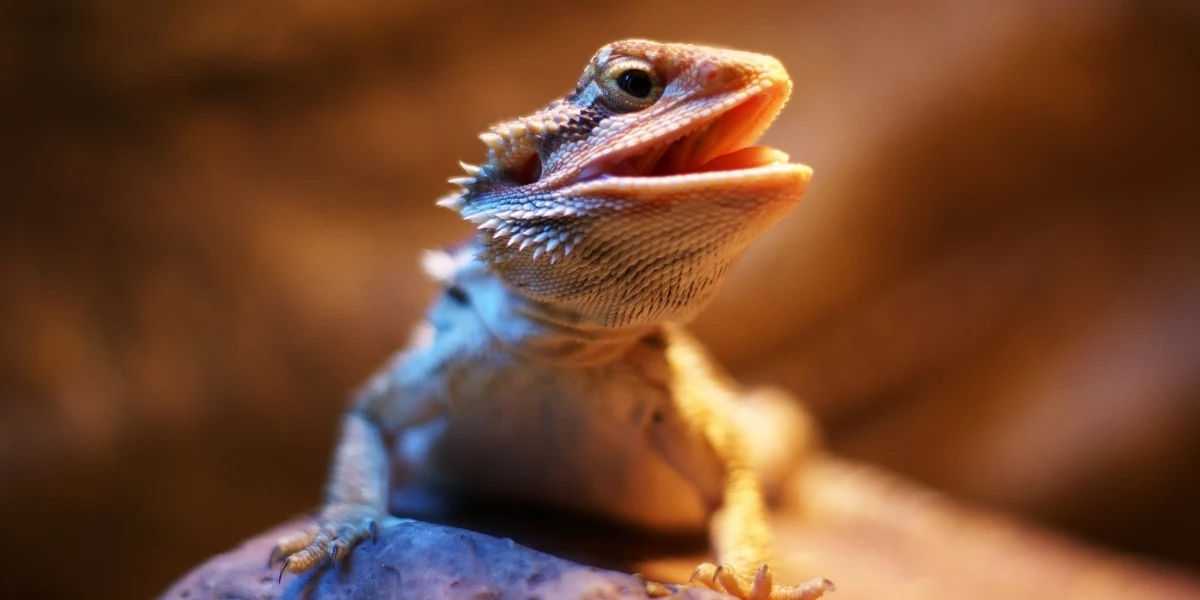
Some iguanas can grow up to 6 feet long! Other notable species include monitor lizards which have long necks and powerful jaws, and skinks which are known for their bright colors and shiny scales.
Turtles and Tortoises
Turtles and tortoises are distinct from other reptiles in that they have a shell made of bone or cartilage that protects their body. They also have beaked jaws and lay eggs with tough shells.

Aquatic turtles like sea turtles have flippers instead of feet to help them swim through water while land-dwelling tortoises like the giant Galapagos tortoise can weigh up to 900 pounds! Additionally, turtles and tortoises are well-known for their longevity, with some species living over 100 years.

Crocodilians
Crocodilians include alligators, crocodiles, caimans, and gharials. These large reptiles have remained relatively unchanged for millions of years due to their successful adaptations such as strong jaws with sharp teeth that allow them to capture prey easily. While there are many differences between species within this group, one notable distinction is between alligators and crocodiles.

Alligators tend to have broad snouts while crocodiles tend to have a more pointed snout. Additionally, alligators prefer freshwater habitats while crocodiles can tolerate both freshwater and saltwater environments.
Popular pet reptile species and their corresponding regions by continent:
| Continent | Popular Pet Reptile Species | Region |
|---|---|---|
| Africa | Leopard Gecko | Sub-Saharan Africa |
| African Fat-Tailed Gecko | West Africa | |
| African spurred Tortoise | Sub-Saharan Africa | |
| Ball Python | Sub-Saharan Africa | |
| Nile Monitor | Northern Africa | |
| African Side-Necked Turtle | Sub-Saharan Africa | |
| Asia | Leopard Gecko | Asia, Middle East |
| Crested Gecko | New Caledonia, Australia, Pacific Islands | |
| Russian Tortoise | Central Asia, Russia | |
| Chinese Water Dragon | Southeast Asia, China | |
| Red-eared Slider Turtle | United States, Mexico, China, Southeast Asia | |
| Indian Star Tortoise | Indian Subcontinent | |
| Europe | Leopard Gecko | Europe, Middle East |
| Hermann’s Tortoise | Southern Europe | |
| Bearded Dragon | Australia | |
| Corn Snake | United States, Canada | |
| Royal Python | Europe, West Africa | |
| Marginated Tortoise | Southern Europe | |
| North America | Leopard Gecko | United States, Canada |
| Bearded Dragon | Australia | |
| Ball Python | Africa, United States | |
| Red-eared Slider Turtle | United States, Mexico, China, Southeast Asia | |
| Crested Gecko | New Caledonia, Australia, Pacific Islands | |
| Russian Tortoise | Central Asia, Russia | |
| South America | Red-footed Tortoise | South America |
| Green Iguana | South America | |
| Yellow Anaconda | South America | |
| Brazilian Rainbow Boa | South America | |
| Argentine Tegu | South America | |
| Amazon Tree Boa | South America | |
| Oceania | Blue-tongued Skink | Australia, New Guinea |
| Stimson’s Python | Australia | |
| Central Bearded Dragon | Australia | |
| Green Tree Python | New Guinea, Australia | |
| Children’s Python | Australia, Indonesia | |
| Shingleback Skink | Australia |
Reptile Habitats and Distribution
Reptiles are found worldwide, from tropical rainforests to arid deserts, temperate forests, and even oceans. Each species of reptile has specific adaptations that allow it to thrive in its habitat. Understanding these habitats is crucial in understanding how to preserve these remarkable creatures.
Reptile Species Across the Globe
| Continent | Reptile Species | Region |
|---|---|---|
| Africa | Nile Crocodile | Sub-Saharan Africa |
| African Rock Python | Sub-Saharan Africa | |
| Black Mamba | Sub-Saharan Africa | |
| African Spurred Tortoise | Sub-Saharan Africa | |
| African Helmeted Turtle | Sub-Saharan Africa | |
| Jackson’s Chameleon | East Africa | |
| African Dwarf Crocodile | West and Central Africa | |
| African Rainbow Lizard | Southern Africa | |
| Nile Monitor | Northern Africa | |
| Asia | Saltwater Crocodile | Southeast Asia, Northern Australia |
| King Cobra | Southeast Asia, Indian Subcontinent | |
| Indian Star Tortoise | Indian Subcontinent | |
| Chinese Alligator | Eastern China | |
| Gharial | Indian Subcontinent, Southeast Asia | |
| Komodo Dragon | Indonesia, Lesser Sunda Islands | |
| Indian Python | Indian Subcontinent | |
| Green Turtle | Southeast Asia, Pacific Islands, Eastern Africa | |
| Asian Water Monitor | Southeast Asia, South Asia | |
| Asian Forest Tortoise | Southeast Asia, East Asia | |
| Europe | European Adder | Most of Europe |
| Mediterranean Chameleon | Southern Europe, North Africa | |
| Greek Tortoise | Southern Europe, Middle East | |
| Sand Lizard | Western and Central Europe | |
| European Pond Turtle | Western Europe, Balkans | |
| Wall Lizard | Southern Europe, Western Asia | |
| North America | American Alligator | Southeastern United States |
| Gila Monster | Southwestern United States, Northern Mexico | |
| Western Diamondback Rattlesnake | Southwestern United States, Northern Mexico | |
| Eastern Box Turtle | Eastern United States, Canada | |
| Painted Turtle | Eastern and Central United States, Canada | |
| Coachwhip Snake | Southern United States, Northern Mexico | |
| Common Snapping Turtle | Eastern United States, Canada | |
| South America | Green Anaconda | Amazon Rainforest, South America |
| Caiman | Amazon Rainforest, South America | |
| Boa Constrictor | South America | |
| Galapagos Tortoise | Galapagos Islands, Ecuador | |
| Tegu Lizard | South America | |
| Mata Mata Turtle | South America | |
| Spectacled Caiman | South America | |
| Oceania | Saltwater Crocodile | Northern Australia, Southeast Asia |
| Green Sea Turtle | Australia, Pacific Islands | |
| Blue-tongued Lizard | Australia | |
| Frilled Lizard | Australia, New Guinea | |
| Tuatara | New Zealand | |
| Bearded Dragon | Australia | |
| Green Python | Papua New Guinea, Solomon Islands | |
| Antarctica | No native reptile species | It’s too cold. |
Tropical Rainforests
Tropical rainforests are home to some of the most diverse ecosystems on earth, and reptiles play an important role in maintaining balance within them. Reptiles can be found both on the forest floor and in the canopy.

One of the most well-known reptiles found in tropical rainforests is the green tree python, which uses its bright green coloration to blend into foliage while it waits for prey. Other common species include iguanas, chameleons, geckos, and crocodilians such as caimans.
These animals have adapted to varying diets and lifestyles; iguanas feed primarily on leaves while geckos eat insects. Chameleons have independently moving eyes and can change their skin color at will, while crocodilians wait patiently for prey to pass by their hiding spots near water sources.
Deserts
Desert environments are harsh and unforgiving; few animals can survive long periods without water or shelter from the sun’s rays. However, many desert reptiles have evolved adaptations that allow them to thrive under these conditions. Lizards such as horned lizards use camouflage as protection from predators while sidewinder rattlesnakes move in a unique serpentine motion that helps them navigate through sand dunes without sinking.

Tortoises store large amounts of water within their bodies; some species can go more than a year without drinking any additional water. Snakes such as the sidewinder and the Gila monster have venom they use to subdue prey, an adaptation that allows them to feed on animals much larger than themselves.
Temperate Forests
Temperate forests are found in areas with mild temperatures and plentiful rainfall. These habitats offer a unique environment for reptiles, which can be found both on the forest floor and in trees. One of the most well-known species found in temperate forests is the box turtle, which can live up to 100 years.

Other common reptiles include snakes such as garter snakes and copperheads, lizards such as skinks, and turtles such as painted turtles. In addition to blending in with their surroundings through coloration or behavior, some species like skinks have also developed physical adaptations that allow them to escape predators; their tails can detach when attacked by a predator, allowing them time to escape.
Oceans
Oceans cover more than 70% of our planet’s surface and are home to a wide variety of marine reptiles. These creatures have adapted to life underwater by developing streamlined bodies for swimming, along with large lungs for holding their breath while diving. Sea turtles are one of the most well-known marine reptiles; they travel thousands of miles each year between their feeding grounds and nesting beaches.

Other species include sea snakes (which are poisonous), saltwater crocodiles (which can tolerate high levels of salinity), and iguanas that eat seaweed. Reptiles exist in various habitats across the globe- from deserts to oceans- each with its own unique fauna comprising different types of animals that thrive under specific conditions.. Understanding these habitats is essential for preserving these amazing creatures before it’s too late.
What Are Conservation Efforts for Reptiles
Reptiles are an incredibly important part of our ecosystem, but sadly, many species are facing threats that put them in danger of extinction. The good news is that there are numerous conservation efforts underway to protect these important animals and the habitats they call home. These conservation efforts range from habitat restoration to captive breeding programs and public education campaigns.
Endangered Species
There are a number of reptile species that are currently listed as endangered or threatened by the International Union for Conservation of Nature (IUCN). Some of the most well-known endangered reptiles include the Gharial crocodile, Galapagos tortoises, and several species of sea turtles. These animals face a number of threats to their survival including habitat loss, climate change, hunting, and pollution.
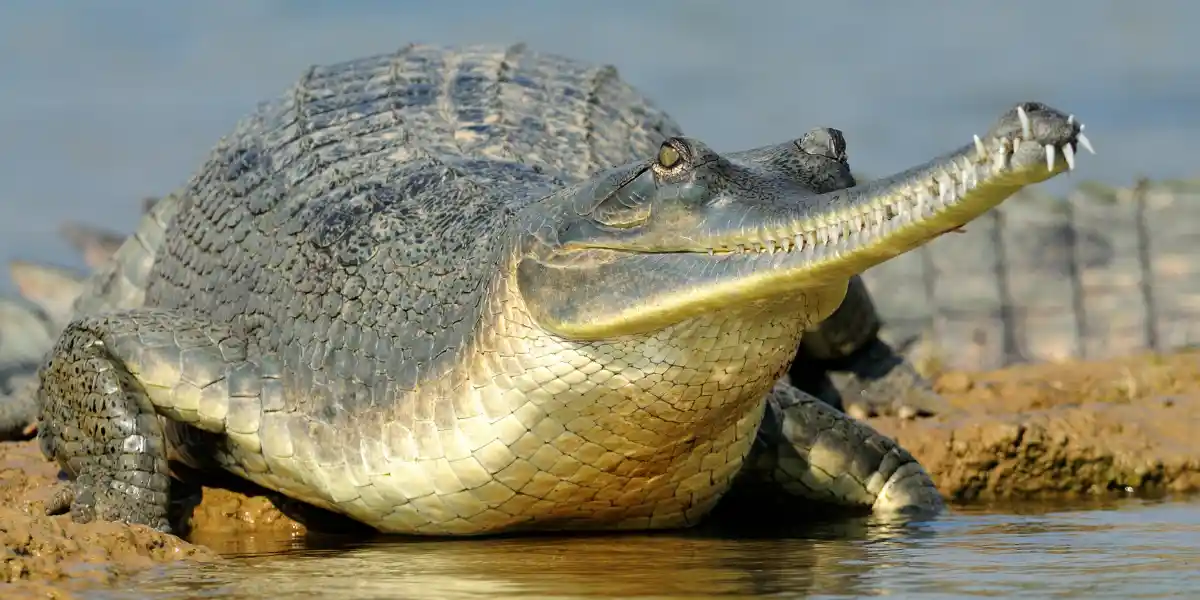
Threats to their Habitats
Reptile habitats around the world are under threat from human activities such as deforestation, mining, agriculture, and urbanization. Many reptile species depend on very specific habitats which can make them particularly vulnerable to habitat destruction caused by human activities. For example, some snakes require large areas with diverse plant life where they can hide in order to thrive; while others may require wetlands or freshwater environments.
Measures Being Taken to Protect Them
Numerous measures have been taken around the world in order to protect reptiles from extinction. One common strategy is setting up protected areas such as national parks where certain species can live without fear of disturbance or poaching.
Other measures include captive breeding programs which aim to increase population numbers of rare or threatened species; habitat restoration projects in areas with degraded environments; public education campaigns targeted at sharing information about these fascinating creatures and how we can help protect them; and legislation aimed at reducing harmful human activities such as logging that damage sensitive reptile habitats.
These measures can be effective but require long-term funding and dedicated support from the government, NGOs, and society at large. By working together we can help ensure that these important creatures continue to thrive in the wild for generations to come.
Frequently Asked Questions
A reptile is defined by its cold-blooded nature, scaly skin, laying of amniotic eggs, and reliance on external heat sources for thermoregulation.
The five characteristics of reptiles are:
1. Cold-blooded (ectothermic) nature
2. Scaly skin
3. Laying of amniotic eggs
4. Breathing air with lungs
5. Possession of a three-chambered heart
Yes, all reptiles are oviparous, meaning they lay eggs as part of their reproductive process. The eggs are amniotic, possessing a protective shell that provides a suitable environment for the development of the embryo. While there are variations in the size, shape, and number of eggs among reptile species, the egg-laying characteristic is a fundamental aspect of reptilian reproduction.
Yes, birds are technically considered reptiles. Although they may seem distinct from reptiles due to their feathers, ability to fly, and distinct behaviors, birds share a common ancestry with reptiles. Both birds and reptiles belong to the group called sauropsids, which also includes extinct reptilian lineages such as dinosaurs. Birds possess many reptilian characteristics, including scales on their legs and feet, laying amniotic eggs, and having a common evolutionary history with reptiles. The similarities between birds and reptiles provide evidence for their shared lineage and classification within the broader reptilian group.
No, mammals are not technically considered reptiles. Mammals are warm-blooded (endothermic) and have hair or fur, produce milk for their young, and possess specialized teeth. These traits differentiate mammals from reptiles, which are cold-blooded (ectothermic), have scales or scutes, lay amniotic eggs with hard shells, and lack mammary glands for milk production.
Conclusion
Reptiles have been around for millions of years and are an essential part of the planet’s biodiversity. From snakes to turtles, each species has unique characteristics that set it apart from others.
It is vital to preserve reptile populations as they play a crucial ecological role. Reptiles help maintain balance in ecosystems by controlling prey populations and acting as predators themselves.
Unfortunately, many reptile species face threats like habitat destruction, hunting, climate change, pollution, and invasive species. It is up to us to take action to protect these fascinating creatures before it’s too late.




